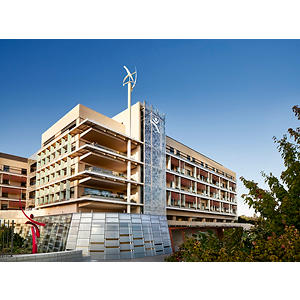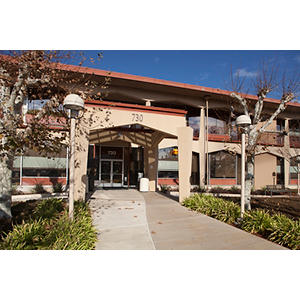
Cynthia Campen, MD
Clinical Professor
Neurology with Special Qualifications in Child Neurology
Locations

725 Welch Road
Palo Alto, CA 94304
Phone : (650) 497-8000
Fax : (650) 497-8959

730 Welch Road, 2nd floor
Palo Alto, CA 94304
Phone : (650) 723-0993
Fax : (650) 721-6350
Work and Education
University of California at San Francisco School of Medicine, San Francisco, CA, 06/30/2004
UCSF Pediatric Department, San Francisco, CA, 06/30/2006
Children's Hospital of Philadelphia Child Neurology, Philadelphia, PA, 06/30/2009
Stanford University Child Neurology Residency, Palo Alto, CA, 06/30/2011
UCSF Pediatric Department, San Francisco, CA, 06/30/2005
Neurology with Special Qualifications in Child Neurology, American Board of Psychiatry and Neurology, 2009
Neuro-Oncology, United Council for Neurologic Subspecialties, 2013
Languages
English
Connect with us:
Download our App: